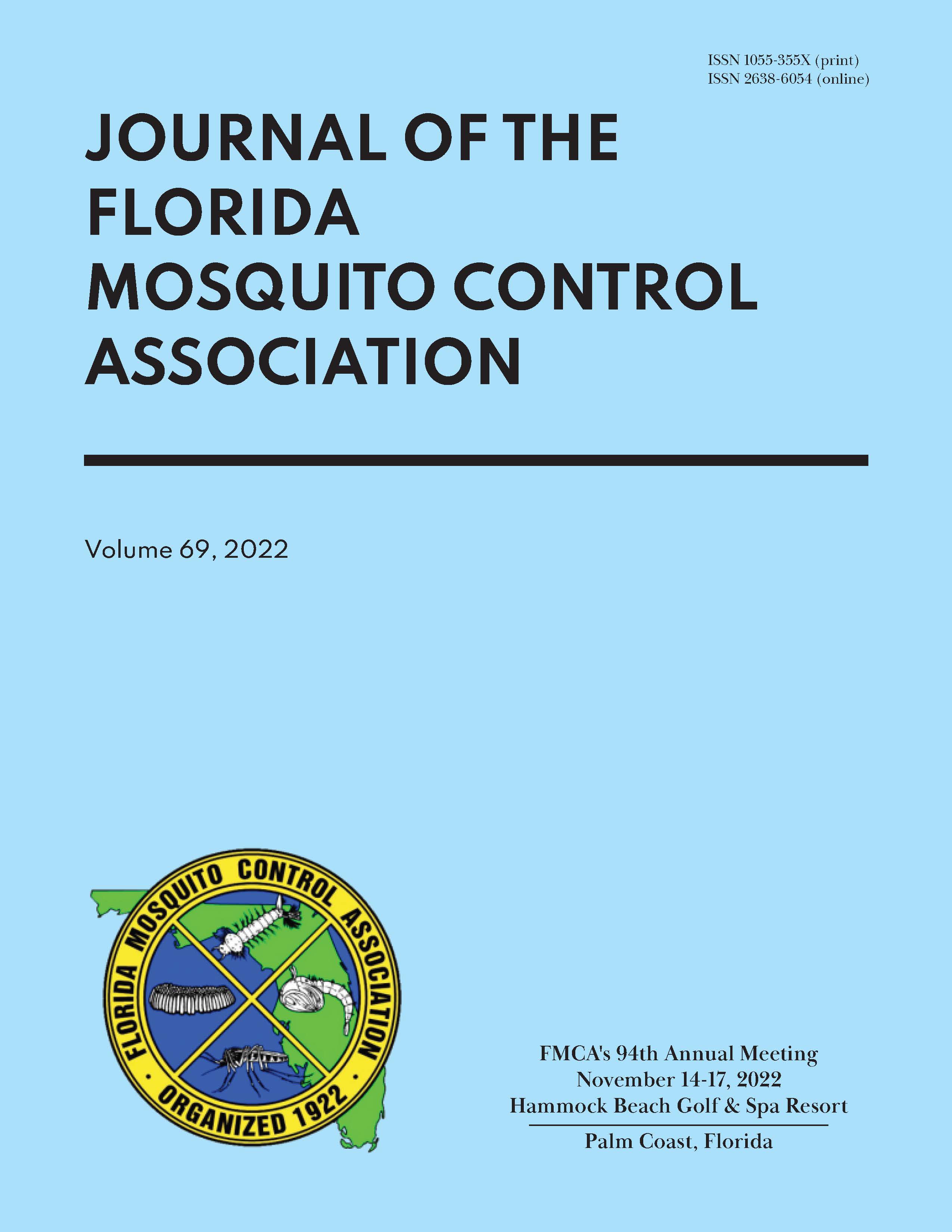RESISTANCE AND RESISTANCE MANAGEMENT OF BIORATIONAL LARVICIDES FOR MOSQUITO CONTROL
DOI:
https://doi.org/10.32473/jfmca.v69i1.130641Keywords:
microbial larvicides, insect growth regulator, mosquito control, resistance, resistance managementAbstract
Mosquitoes and mosquito-borne diseases remain a significant threat to public health and the well-being of humans and animals. Often mosquito control is the only feasible way to combat mosquito-borne diseases. Biorational mosquito larvicides based on microbials and insect growth regulators (IGR) have been playing an irreplaceable role in integrated mosquito control worldwide. While the relative target specificity, non-target safety and environmentally friendly profile are well recognized in biorational larvicides, their risk of resistance and cross resistance must be taken into consideration in mosquito control operations. This paper provides a review of the resistance risk, historical and current status, and management tactics for the commonly used mosquito larvicides such as Bacillus thuringiensis subsp. israelensis (Bti), Bacillus sphaericus, spinosad, methoprene, pyriproxyfen, and diflubenzuron. Bti poses the lowest risk of resistance and plays a unique role in resistance management. Various levels of resistance to B. sphaericus have been reported in both laboratory and field populations during the past decades worldwide. High level of resistance to spinosad has been documented recently in laboratory populations of Culex quinquefasciatus, followed by preliminary report from field populations of Cx. pipiens. As to resistance to IGRs, documentations on laboratory and/or field populations have become available since the early 1970s for methoprene and the 1990s for pyriproxyfen. The most recent report on resistance to diflubenzuron reconfirmed the earlier studies. The tactics to prevent resistance and restore the susceptibility in mosquitoes to these biorational larvicides have been developed and implemented in some cases, which is crucial to sustainable integrated mosquito management.

